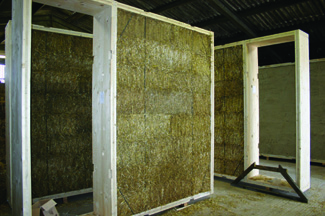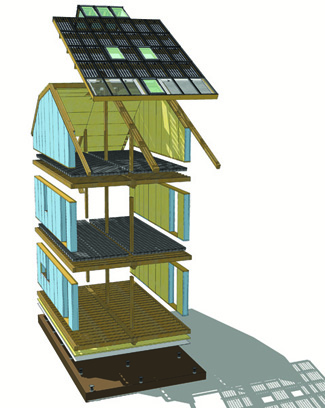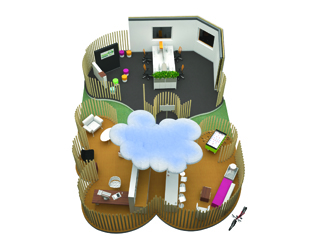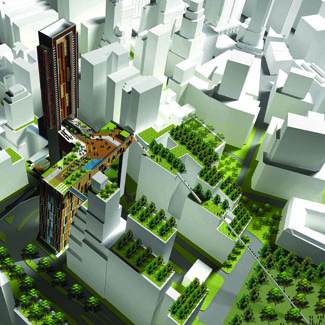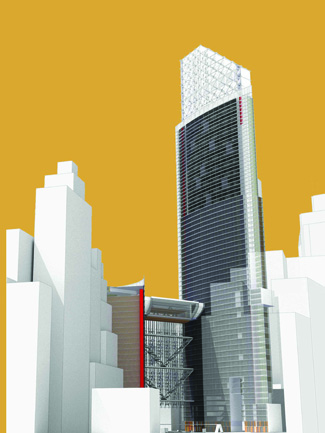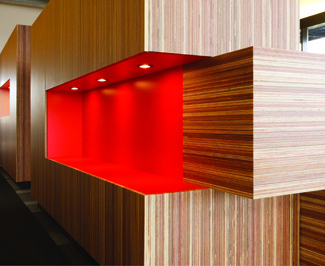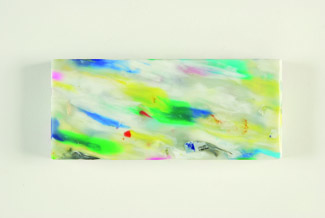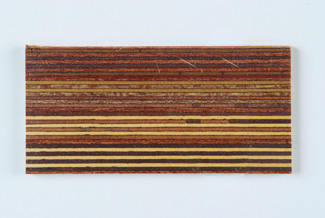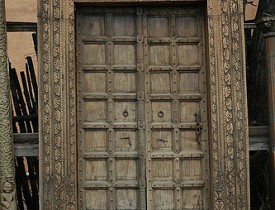While conjuring up comfort in the home seems like a basic principle, it’s a far more complex process for architect & remodeling guru Sarah Susanka, who believes that comfort can significantly influence the sustainability of your personal abode. With her mantra of “build better, not bigger,” Susanka promotes quality over quantity whenremodeling a home. Through transforming your living space into a more beautiful and comfortable environment, Susanka says that any home’s occupants will automatically take better care of their space in a more sustainable way. We sat down with Susanka to get the low-down on how to do more with less when revamping your space.
TIP 1 – Re-evaluate the Space You’re Working With
Remodeling is often associated with building an addition onto a home. However, Susanka is a strong advocate of re-evaluating the space that your home already contains and working within that original floor plan whenever possible. As she says, it’s important to ask yourself how you can make your existing house more tailored to the way you live. Instead of jumping ahead and planning a structural addition without any thorough thought, take a moment to consider whether or not you could work within the space you already have available. Ask yourself these questions: Do you really need more space? How much space do you need to be comfortable in your home? Can you borrow from the adjacent space to conjure the extra square footage you need? Then, as a last resort, consider a bump out or a small addition.
Unfortunately, most people start at the last resort instead of first weighing the other more economical and quality-generating options. Remodeling can be a difficult and often stressful project, so if you doubt anything along the way, look into hiring a professional to assist in the process. As Susanka says, “When we are having surgery, we normally don’t do it ourselves. Remodeling your home is one of the most expensive investments of a lifetime so we want it done well.” If you are in the market for a pro that understands Susanka’s philosophy on renovation, check out her Home Professional Directory for an expert in your area.

TIP 2 – Get an Energy Audit
When you start engaging in a remodeling project, one of the first things to check off the list is an energy audit. This helps you identify some of the most cost effective ways to make your home more sustainable, and those shifts can easily be incorporated into the changes throughout the rest of the renovation process.
Susanka tells Inhabitat that 20% of carbon emissions come from existing housing stock. By incorporating energy audits into the renovation process, not only will you end up with economical savings, but you will also contribute to the larger home emissions issue. This will help make your home easier to maintain as well as reduce your carbon footprint. It’s a win-win situation for both you and the environment!

TIP 3 – Invest in Quality Over Quantity
When you get home and enter a space that exudes quality and character, you automatically feel more at home. On the other hand, if you go overboard with quantity because it’s the knee-jerk response to generate change, you end up with a lot of uninspiring stuff. What Susanka reiterates throughout her books is the importance of utilizing the space you have to its highest potential. By creating a room that’s comfortable to be in, we are motivated to care for and sustain its beauty. Instead of tossing dollars around to quantify space, use your budget to induce quality elements that address your particular needs and aesthetics.
Ask yourself what will add more of your own personality into your space. What colors, shapes, or artwork do you enjoy looking at? Which rooms do you spend the majority of your time in? Do you have good heating and cooling systems that maintain a comfortable atmosphere in your home? These thought-generating questions will help you determine the best ways to approach the concept of quality over quantity.

TIP 4 – Use Lighting to Amplify Perspective
The way you introduce light into a space can have an enormous effect on an environment, hugely improving its quality and character. Susanka can’t say enough about how reflective surfaces can influence rooms throughout your abode. Reflective surfaces help bounce light around, augmenting the presence of natural light within a space.
One less obvious way to do this is by adding a built-in bookshelf near a window. The shelving edges act as reflective surfaces, bouncing extra light into the room.
Another option is to place a window adjacent to a perpendicular wall, instead of in its typical central location; that wall then becomes a reflective surface as well. Finally, placing soffits above windows can help transfer light into a room. All of these alternative lighting sources help with the ambiance and feel of a space.

TIP 5 – Enhance Your Space With Color
The way the light falls on different colors can completely transform a room. Determine the most important wall in each room — the place to which you want to draw peoples’ attention — and paint it to your heart’s desire.
This is the point in remodeling that can allow for personal freedom of expression in your home. Susanka points out that there’s no need to be shy in this process; be creative and experiment with a variety of colors to sense how they each make you feel in the space. Paint large pieces of paper in all the colors you could imagine and even all the colors that you’d never expect to use. You might just find that the brightest or most unexpected shade fits perfectly on your favorite wall.
Images from Sarah Susanka and Mark Vassallo’s book, Not So Big Remodeling, published by Taunton Press in 2009; by photographer Randy O’Rourke.

Green Remodeler – Sarah Susanka
Sarah Susanka, FAIA, is the leader of a movement that is redefining the American home and lifestyle. Through her “build better, not bigger” approach to residential design she has demonstrated that the sense of “home” we seek has to do with quality, not quantity. A thought leader and acclaimed architect, Susanka is the best-selling author of nine books that collectively weave together home and life design, revealing that a “Not So Big” attitude serves not only architectural aims, but life goals as well. Her books have sold well over one million copies. Susanka’s most recent book, More Not So Big Solutions for Your Home, was released in February, 2010. Join her online community at www.notsobig.com.
Article taken from Inhabitat – Green Design Will Save the World – http://inhabitat.com
URL to article: http://inhabitat.com/5-tips-for-a-green-home-remodel-from-eco-architect-sarah-susanka/










